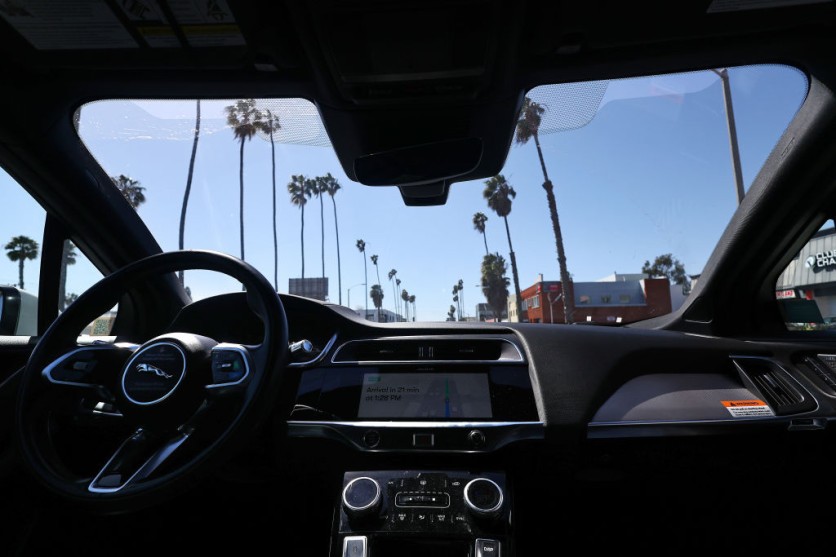Teledriving could provide many of the same benefits as driverless taxis and ride-hailing vehicles, even if the general public is not yet ready to accept them, according to a new study by a University of Michigan researcher. But what is teledriving?

How Teledriving Works
Teledriving allows a driver to control a vehicle remotely from a control center. The driver uses multiple screens that display live video feeds from the vehicle's cameras alongside data from various sensors and augmented reality systems.
Once a passenger is picked up and dropped off, the driver can connect to another vehicle in need. Companies such as Halo.Car and Vay are already providing these services in Las Vegas.
Saif Benjaafar, a professor of industrial and operations engineering at the University of Michigan, emphasized a key advantage of teledriving: drivers do not need to be where the vehicles are.
This system aims to eliminate the inefficiency in ride-hailing services where drivers are dispatched from low-demand areas to high-demand locations without passengers, often called the "wild goose chase."
Benjaafar and his team highlighted that teledriving can operate with fewer drivers than vehicles without compromising service quality. The system leverages excess vehicles to quickly meet customer demands, reducing inefficiencies in some test cases by 30% to 40%.
This ability to respond swiftly to customer needs with fewer drivers promises to enhance driver productivity and reduce idle times. Moreover, teledriving shifts the responsibility and cost of vehicle ownership from drivers to ride-sharing companies.
The study claimed that the transition could broaden workforce participation by making driving a desk job, which makes it accessible to more people.
Additionally, separating drivers from passengers could improve safety, especially for women who are disproportionately targeted by in-vehicle assaults. Nonetheless, researchers caution that teledriving systems must guard against reckless behavior, given the remote work environment's resemblance to video games.
Reducing Wait Times
The researchers used computer models factoring in supply, demand, and road congestion to demonstrate that having more vehicles than drivers can reduce wait times during high-demand periods. This reduces the likelihood of inefficient driver dispatches and improves overall efficiency.
Xiaotang Yang, a postdoctoral fellow at the University of Toronto's Rotman School of Management, noted that these findings can enhance the efficiency and cost-effectiveness of ride-hailing and on-demand transportation services.
"There's an opportunity to significantly increase how busy the drivers are. One of the challenges for ride services has always been having drivers who are sitting idle. Quite a bit of that inefficiency can be eliminated," Benjaafar said in a statement.
The findings of the study were published in the journal Management Science.
Related Article : US Defense Department Pours $800,000 Into Research Preventing Cyberattacks on Self-Driving Cars, UAVs Networks

ⓒ 2025 TECHTIMES.com All rights reserved. Do not reproduce without permission.




